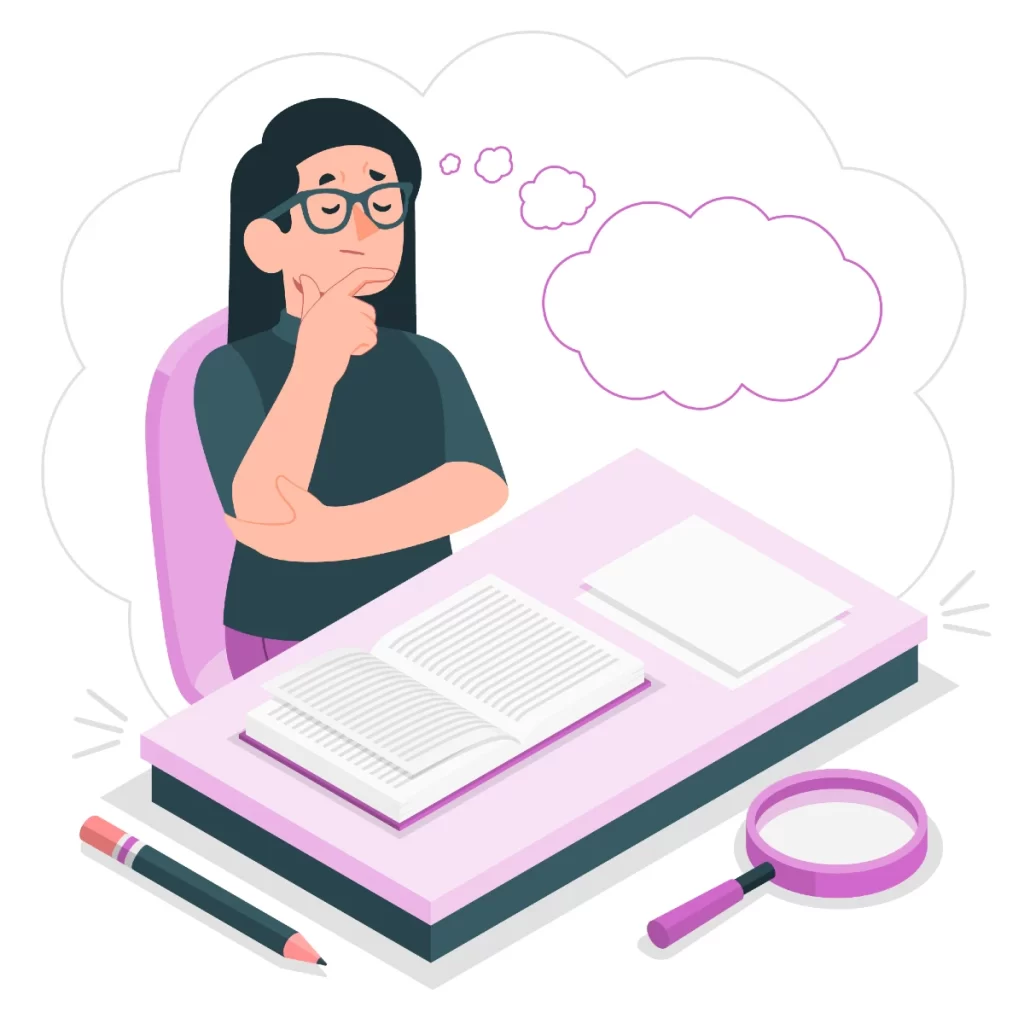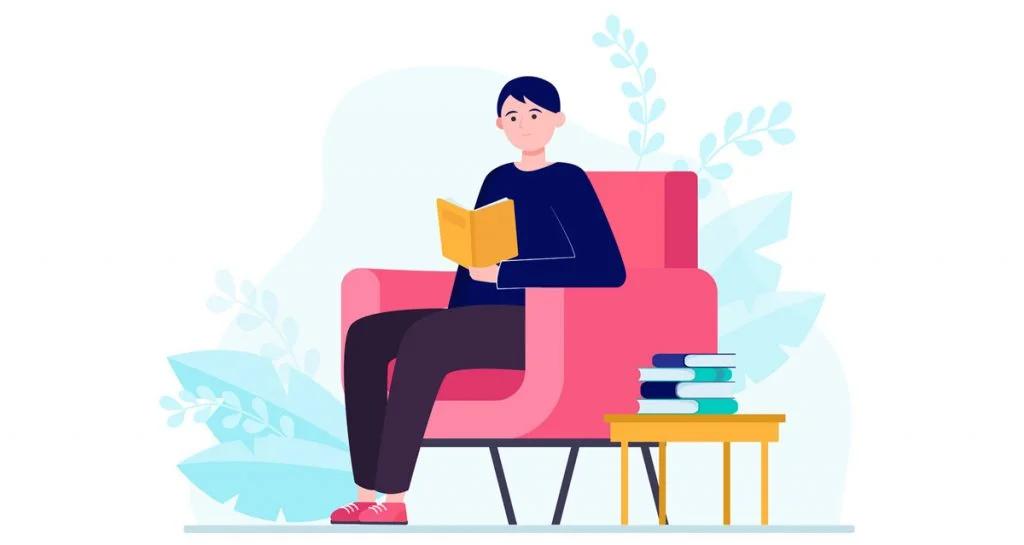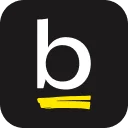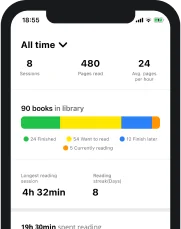If you’re looking to achieve a little more than just a couple of hours of relaxation from your reading sessions, you probably already know a little about reading strategies and other techniques that are meant to enhance your comprehension and information retention levels. One of the most popular and efficient reading and learning techniques is analytical reading.
What is analytical reading and how should you use it to properly enhance your reading experience and performance? Part of our mission here at Basmo is to help you become the ultimate reader. And while that can mean completely different things depending on what your goals are, it’s important for us to provide you with all the information you can possibly need.
What is analytical reading?
Analytical reading is defined as a high-level cognitive skill and a reading strategy that serves the purpose of probing more deeply to comprehend both the message and the intent or ultimate goal of the text at hand.
Basic comprehension is just one component of good reading skills. Going from simply reading as a form of entertainment to actually maximizing your potential and extracting maximum value from the time you spend with a book in your hand is no easy task.
Whether you do your analytical reading as part of a school assignment where you need to dissect a text and recognize its true meaning and everything the author is trying to suggest, as part of your general reading routine because you are dedicated to analyzing your books and extracting all the necessary information from them, or simply as part of your job, this skill is, without a doubt, one of the most important ones for a reader.
Along with syntopical reading, analytical reading is one of the most important reading skills that one can possess.
Why is analysis important in reading?
The importance of analytical thinking in reading and writing has much deeper roots than you might expect. Reading analytically can help readers gain a deeper understanding of the text at hand, extract the true ideas, understand its structure and meaning, and analyze it critically, thus drawing the right conclusions about it.
Needless to say, this entire process has several benefits for those who make the effort to apply it to their reading sessions. For starters, it is a good way to make sure that you get the most rewarding reading experience.
Another benefit of reading analytically is the fact that you will have much better comprehension and retention levels at the end of your reading session. Granted, the process does take time and you will go through a lot fewer pages within the same timeframe than you would when reading passively, but the value you will be extracting from those few pages will be undeniably a lot higher.
The analytical reading definition does mention that it is a high-level cognitive skill, but what does that actually mean? Well, it means that it can only be achieved by readers with a high degree of proficiency in reading. And there is actually a causality relationship between reading proficiency and analytical reading skills: the only way to become a proficient reader is through text analysis and the higher the proficiency level of the reader, the more accurate the analysis will be.
On top of this amazing skill you will develop, there are also benefits for your brain’s health that are worth mentioning. As you know, reading is a mentally challenging activity that results in good brain health, better memory, and delayed onset of cognitive disorders among other things. Well, as you would imagine, reading analytically is a lot more difficult and therefore a lot more effective in providing your brain with an intense and effective workout. If reading is the equivalent of cardio for your brain, analytical reading is a tough session of lifting weights.
What are some analytical reading examples?
Some examples might shed some much needed light on analytical reading as a concept. To better understand what analytical reading is and how it is done, let’s assume you are given the task to read a book analytically. To actually prove that you have done, by the time the book is finished, you should be able to do the following:
- Categorize the book according to genre, type, subject, and themes
- Be able to present the essential information about the book with utmost brevity
- Be able to create a clear outline of the essential parts of the book in the correct order and relation
- Identify and define the author’s intentions, techniques, and the problems they are trying to solve
While things might differ from one task to another, this example is the most eloquent when it comes to understanding what the final purpose of analytical reading is.
What are the analytical reading strategies?
Analytical reading as a strategy is the result of a series of techniques that need to be applied. There are several important steps that go into reading analytically and you will need to know and understand them well before you will be successful in analytical reading.
Skimming
Before reading a challenging text, you should read the introduction and conclusion, then scan the headings and structure to find the main points and justifications for those points. Why is this important? It should be done to make reading easier and to help bring the main ideas in context. Learning this skill as part of your inspectional reading strategy is going to give your reading habits and level of proficiency a considerable boost.
There are a couple of steps in skimming that should not be missed:
- Consider why you should read this. (What makes me read it? Which genre does it belong to?)
- While reading the introduction and summary, search for the thesis.
- Look for important ideas, bolded phrases, and section titles in the text.
- Go through each section’s opening sentences.
- Describe your working summary (thesis and primary arguments) for yourself.
Re-reading
Reading analytically involves a deep level of understanding of the entire piece of content you are going through. When reading challenging portions, take your time, reread the text, and pause until you can sum it up in one or two phrases for yourself. Doing this is essential to ensure comprehension of challenging concepts before moving on.
The important steps of re-reading are:
- Go back and read the passage slowly, finding the last part of it you fully understood.
- Read the paragraph once more slowly (perhaps out loud).
- List any terms you don’t understand and do some research on them.
- Look over any ideas that were supported previously in the text.
- Continue until you can sum up the whole passage in one or two sentences for yourself.
Integration
This part refers to associating the newly acquired information with the knowledge you already possess. You should recognize central concepts, assess what else you know or have read about those ideas, and weigh similarities and differences whenever you come across a central thought or when an idea reminds you of something else.
Doing this encourages greater comprehension and improves the quality of your reading experience. These are the important steps and questions you should keep in mind:
- Begin by listing the main ideas and assertions.
- In what other books have you come across similar ideas and concepts?
- How are the concepts or assertions used in comparable ways?
- How do the various applications of the ideas or assertions differ?
Annotation
Take notes on the text with your favorite method (annotating, taking separate notes, or highlighting) when a passage excites you, fascinates you, or is simply important to remember.
Taking notes keeps you interested in the content and aids with memory retention. Here are the main note-taking and annotating methodologies:
- The Cornell Method: Create two columns on a separate sheet of paper, allowing some room at the bottom. Make a list of the main points from the book or passage in the right hand column (your notes). Find the essential words for those thoughts in the left-hand column (your cues). Write a short summary of the paragraph at the end.
- Jeff’s Method: This is just a modified Cornell Method, using the left-hand column for queries and rebuttals. The author’s thoughts are listed in the right-hand column, and your thoughts should be listed in the left.
- The Marginalia Method: Create a set of symbols to represent various reactions to the text, such as one for a query, one for a major point, and one for an idea you didn’t comprehend. Make notes in your text, expanding lengthy ideas where there is room or on a different piece of paper.
Argument mapping
Based on the significance of the passage and the ideas or arguments, create anything from a complete map of the argument to a mental recounting of its structure. When faced with an argument, especially one that is significant, you should always try to create a mental structure for that argument.
This will be a great process to assist you in recognizing the logical framework that supports the written structure.
The whole analytical process is generally quite a difficult one and represents a trade-off: you are generally going to need to compromise speed in order to achieve a good level of comprehension and the desired results from your analytical reading sessions. With Basmo, you can easily keep track of how analytical reading affects your speed and overall performance.
Our reading app tracks each session independently and analyzes your reading speed, session duration, and the number of pages you manage to go through within that specific timeframe. Once all this info becomes available to you and compiled in comprehensive performance reports, you will have a great overview of your reading habits and you will be one step closer to improving them.
Why is Basmo the ultimate tool for analytical reading?
Basmo is a reading tracking app with serious benefits for those of you who want to start implementing the analytical approach to reading. It was designed with the clear purpose of helping readers of all levels improve the quality of each individual reading session and their reading habits in general. Here’s how:
Basmo promotes better-organized reading habits. Having a calculated and well-organized approach when it comes to reading is a good idea in general. When it comes to reading analytically though, it is essential, and the explanation is quite simple: in order to succeed as an analytical reader, you need to have a calculated approach to your reading habits. And not only that but since analytical reading can be quite exhausting, you will need to make sure you give yourself reasonable timeframes to complete certain tasks and enough breaks so you don’t burn yourself out.
With that in mind, Basmo offers a highly customizable scheduling feature. It allows you to manually select specific days of the week for your reading sessions and also different times of day depending on your other routines. That way, you will know exactly when and for how long you are supposed to read in order to achieve your goals and the app will even remind you of the upcoming reading sessions.
Basmo allows you to jot everything down. Analytical reading is quite difficult to do without putting pen to paper, at least virtually. Taking notes, making annotations, highlighting the important parts of the text, and even keeping a reading journal are quite essential techniques that are a part of what analytical reading actually means.
With Basmo, you can easily do all of the above. Take notes while reading by simply starting a reading session, annotate and highlight books without damaging them by using the page scanner feature, and use the journaling feature to keep track of your reading and your progress toward your goals. It’s that easy.
With Basmo, your goals are clear and achievable. Whether you want to set goals for your analytical reading or all reading in general, Basmo offers you two different options. You can either choose to micro-manage your reading habits with a daily goal for the number of minutes you spend reading, or you can look at the big picture and select a goal for the number of books you want to go through within a year.
Final thoughts
What is analytical reading? It is, one of the highest of the four levels of reading and involves a tremendous degree of involvement. Dissecting a text and extracting even the last shred of useful information is hard work, but all the effort pays off in the end because the levels of comprehension and retention will be off the charts. Use Basmo to make sure you get the best experience and the best results.
Image by storyset on Freepik







